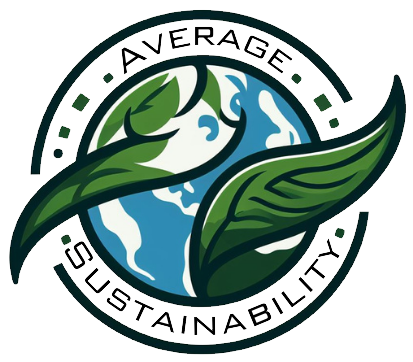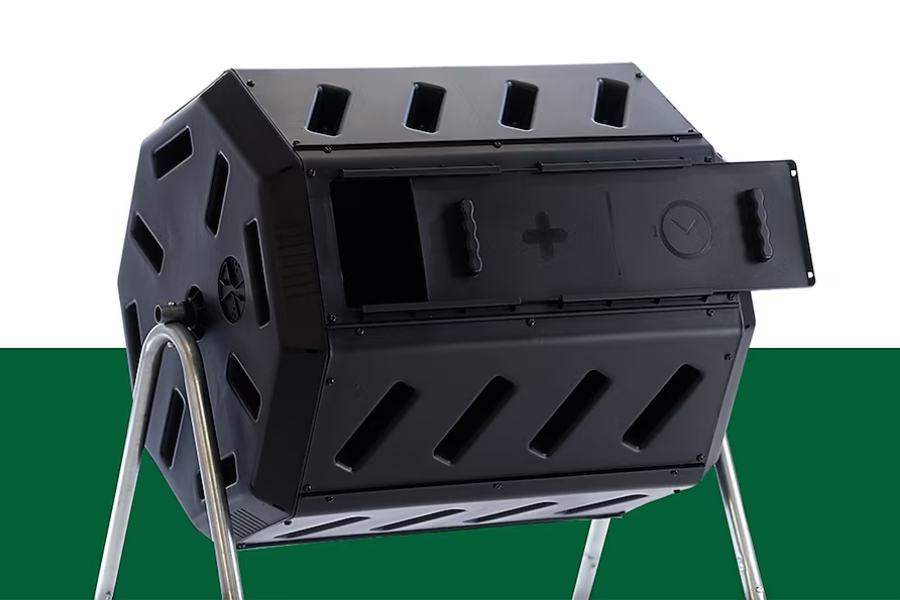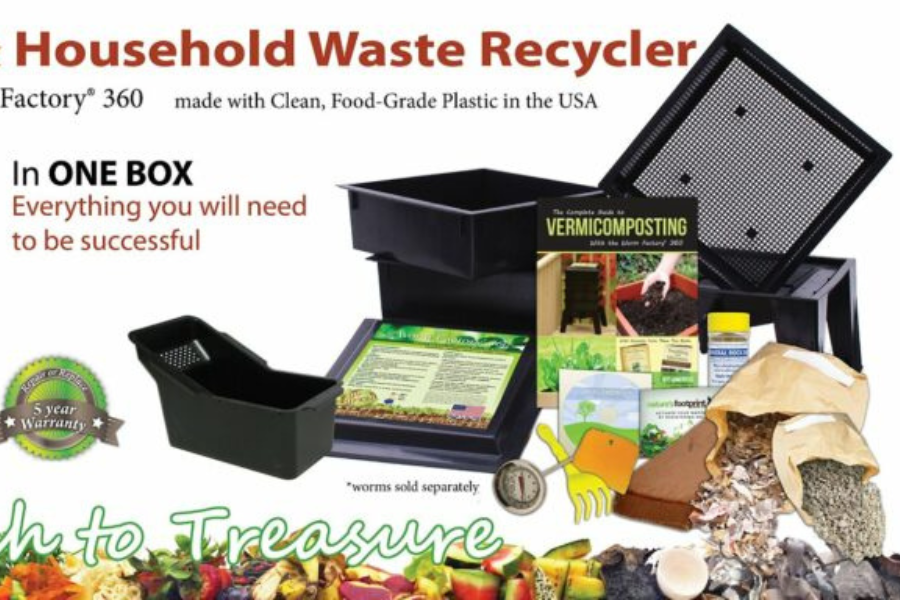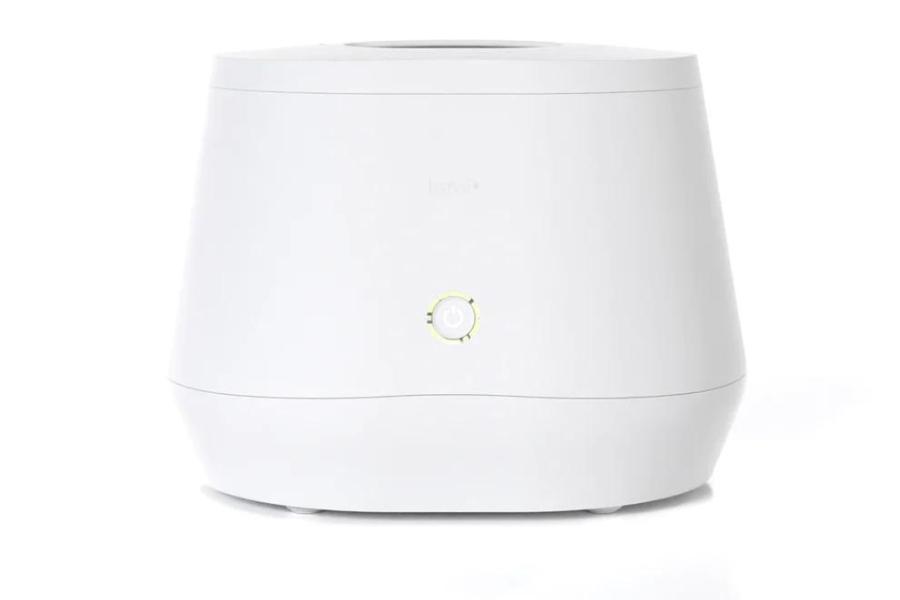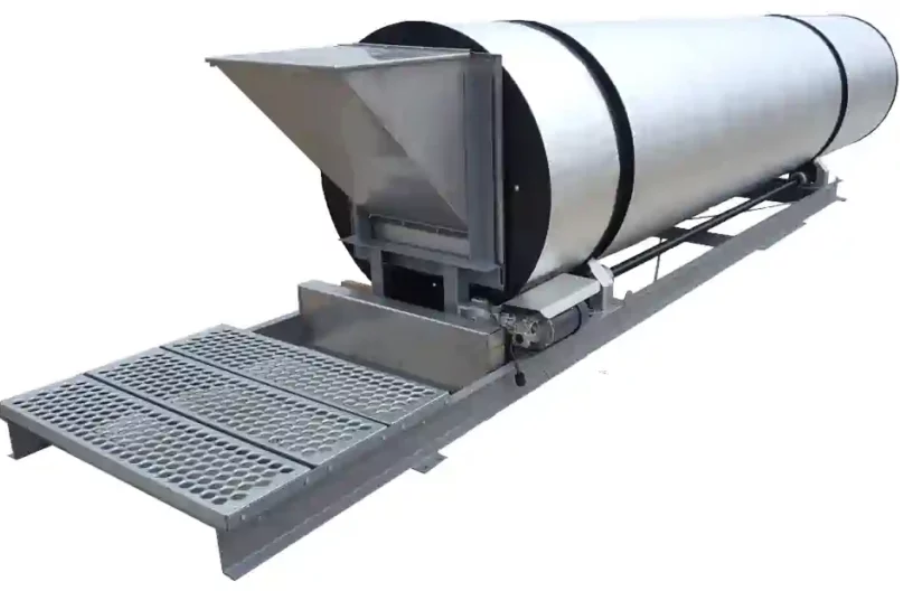Composting is an amazing practice that can bring so many wonderful benefits to your garden and the environment. In this super informative guide, we will dive into all the amazing advantages of composting and explore the various methods you can use. By the time you finish reading this article, you’ll have a great grasp of why composting is such a valuable practice and which method might be perfect for you and your garden. So let’s get started and learn all about this incredible way to make a difference!
The Amazing Benefits of Composting:
Minimize Waste:

When we compost, we divert organic waste from ending up in landfills, which helps to reduce harmful methane emissions. By doing this, we all play a crucial role in minimizing waste and its environmental impact, which is super awesome! Plus, it can even help you save some money by reducing the amount of garbage bags you use. So, it’s not just about food scraps, but also garden clippings cut grass, leaves, and more. Isn’t that great?
Soil Improvement:
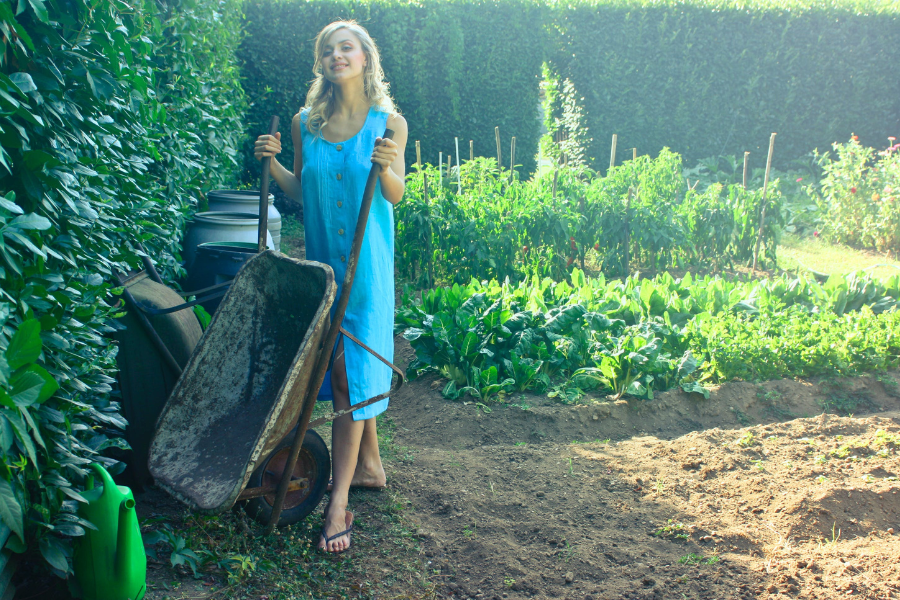
Did you know that compost is not only a fertilizer, but it’s also like a magic potion for your soil? It’s pretty cool how compost can provide all the essential nutrients that your plants need to grow strong and healthy. And the benefits don’t stop there! It also does wonders for the structure of your soil, improving water retention and oxygen levels. The result? Your plants will thrive like never before, with more robust and vibrant growth!
But wait, there’s even more to compost’s powers! It also introduces helpful bacteria into the soil, protecting your precious plants from nasty diseases. So basically, compost is not just your average fertilizer, it’s a superhero for your garden! Oh, and here’s a bonus: using compost as a fertilizer actually saves you money in the long run. Since compost is so nutrient-rich and improves water retention, you won’t need to spend as much on additional fertilizers. It’s a win-win situation for both your plants and your wallet!
Erosion Control:
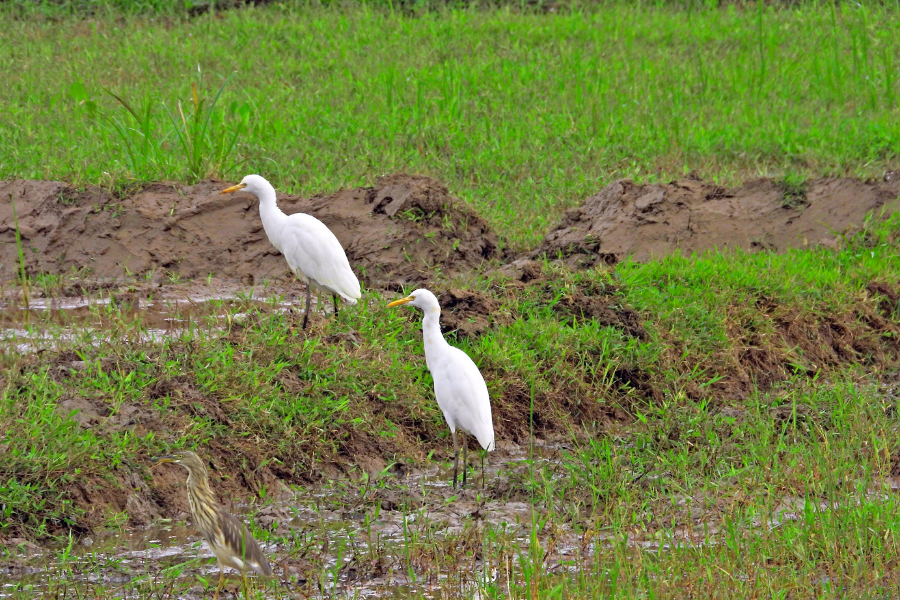
Compost really does wonders for the soil! It helps to prevent soil erosion by changing the soil structure and preventing compaction. When we add compost to the soil, it can hold more water and allow it to soak in faster. This is really helpful in preventing surface water erosion.
But that’s not all – compost also provides essential nutrients for the soil and helps to improve oxygenation and reduce compaction. This creates the perfect conditions for plant growth. Plus, the roots of plants play a key role in holding the soil together and preventing erosion.
Did you know that compost also boosts microbial activity in the soil? Bacteria, bugs, and worms thrive in compost, and they all play a part in supporting healthy plant growth. This, in turn, helps to combat erosion.
So, if you have fluffy or powdery soil, compost can be a great top dressing. It has a slightly heavier texture and can also hold water, which is great for preventing wind erosion.
Pest Prevention:

Compost is a fantastic resource for preventing pests in a natural way. It’s incredible how compost contains bacteria, fungi, and nematodes that actually compete with and even feed on harmful pathogens and pests in the soil. Plus, because compost is so rich in nutrients and has great water retention, it creates the perfect stable environment for plants to flourish. And we all know that healthy, thriving plants are less likely to attract pests. The great thing is, that compost also attracts beneficial bugs like ladybugs, lacewings, and parasitoid wasps. These little heroes prey on harmful insects, keeping our gardens pest-free. If you use compost as a mulch or topdressing, it will even create a protective barrier for plant roots, effectively preventing many harmful root parasites. And you know what’s even better? Vermicompost is amazing at deterring aphids and spider mites when used as a top dressing. So, let’s embrace the power of compost to create a friendly and pest-free garden!
Composting Styles!
There are so many composting styles for you to choose from! Each one has its own unique aspects when it comes to space, time, and cost. But hey, don’t stress! Remember, while these methods may vary, the ultimate goal remains the same: transforming unwanted organic materials into nourishing soil additives to prevent them from ending up in landfills. Pretty awesome, right?
Backyard Composting:
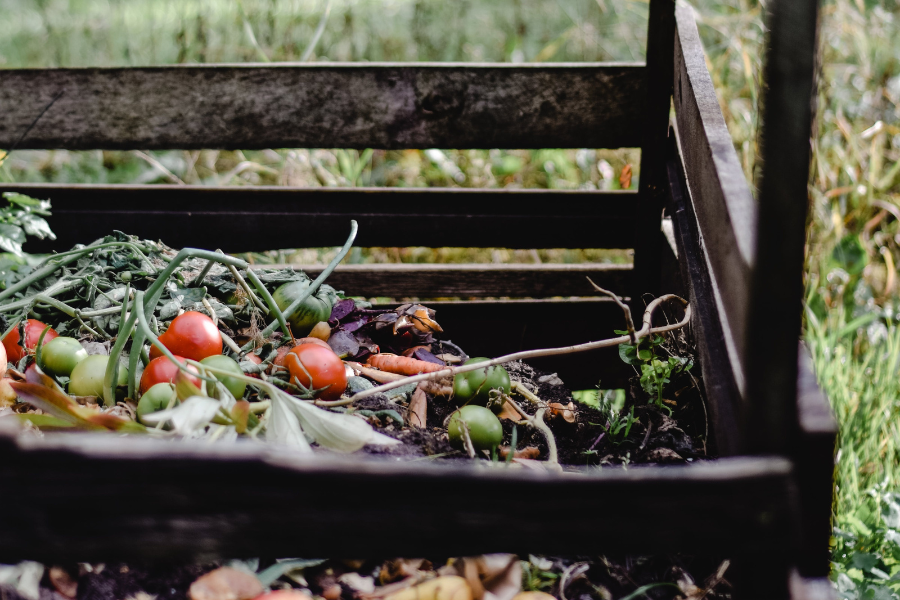
First up, we have pile composting – the simplest method where you can stack all your organic materials in a pile or heap right in your backyard. It’s perfect for small-scale composting, and all you need to do is give it an occasional turn to keep it nice and aerated. There are two ways to do this, you could just pile everything up, or you can use chicken wire and some post to create a “container”. This container can still be turned or poked with a pitchfork to promote aeration.
Similar to pile composting, is a cold composting method known as passive composting. It’s a super easy and low-maintenance method where you simply pile up your organic matter and let it decompose naturally over a long period of time. The best part is, that you don’t even need to worry about turning it or managing the temperature regularly. It might take a bit longer, but hey, it’s totally worth it for the lack of effort required!
Let’s talk about hot composting, which is a really cool and hands-on science experiment you can do. It’s similar to pile composting and cold composting but with a twist. In hot composting, we create a balanced mix of “green” materials (which are rich in nitrogen) and “brown” materials (which are rich in carbon), and we layer them together. Then, we regularly turn the pile to give it some oxygen and keep the temperature high. This helps speed up the whole decomposition process. So, if you’re looking for a fun and interactive way to do composting, hot composting might be just the thing for you!
If aesthetics are important to you, then bin composting might be the way to go. With this method, you place your organic waste in enclosed bins or containers. It’s a great way to keep your compost contained and it can look really neat in your backyard. You have the choice of open-bottomed bins or ones with aeration systems.
And finally, if you’re a bit tight on above-ground space, trench or pit composting might be the answer. You simply dig a trench or pit in the ground and bury your organic matter in it. This method is particularly useful when you’re working with limited space. Make sure your trenches are deep enough to prevent wandering dogs, opossums, raccoons, etc from sniffing out your trench and digging up your soil offerings. The recommended depth is 4-6 inches of soil on top of your scraps.
So there you have it – a few options for backyard composting. Give it a try and watch your organic waste turn into nutrient-rich compost for your plants!
Patio/Deck Composting:
Have you heard about compost tumblers? They are a fantastic solution for small-scale home composting. With a rotating tumbler, you can easily turn and aerate the compost, making the process a breeze. It’s such a convenient way to manage your organic waste! The tumblers come in different sizes, so you can compost at home without needing a backyard or having to keep the compost inside.
Now, let’s talk about vermicomposting or worm composting. It’s a really cool method that involves using special earthworm species like red wigglers. These little guys work hard to break down the organic matter, creating nutrient-rich vermicompost. All you need is a bin, some bedding materials, and your organic waste to keep those worms happy and productive. You can keep the worm bin inside or out on a patio, but remember that composting results are temperature-dependent. Worms don’t like to work in the cold.
So, if you’re looking for an eco-friendly and sociable way to compost at home, compost tumblers and vermicomposting are definitely worth checking out!
Home Composting:
For indoor composting, there are three options currently, vermicomposting, Bokashi Composting, and Electric Composting. Since we already talked about Vermicomposting, we will talk about Bokashi and electric composting.
Now let’s talk about Bokashi Composting. It’s a fermentation process that uses special microorganisms called Effective Microorganisms (or EM) to break down organic waste, including kitchen scraps. It’s pretty cool because you can bury the resulting material or add it to traditional compost. The only thing to keep in mind is that you’ll need to keep purchasing the Bokashi microorganisms or Bokashi Bran. The upside is that this method is super quick and you can compost anything you can eat!
Another option is the Lomi composter or another electric compost system. These composting systems use electricity to dehydrate, grind up, and mix food scraps with bacteria and fungi to create a pre-compost mixture. This mixture can be added to another composting system to finish the process or buried in pots or soil to continue breaking down. They are really convenient to use and it’s pretty neat to think about, but you will need to consider the cost of electricity and the continued purchase of additives. There’s also the upfront cost of the product to take into account.
Industrial Composting:
I am excited to share with you three awesome composting methods that can be easily adapted for home use. Although these methods are commonly employed by industrial composting companies, they can definitely be scaled down for composting enthusiasts like us.
The first method, called Windrow Composting, involves spreading the compost materials into rows and using special industrial equipment to turn them. The rows can range from 3 to 12 feet tall and 8 to 20 feet wide. It’s important to frequently turn the rows to ensure proper airflow and dehydration.
Next up is Drum Composting, which utilizes a giant turning drum that somewhat resembles a rock tumbler. This drum acts as insulation for the compost materials and allows for adequate airflow. The size of the drum can vary greatly – imagine some as small as a burn barrel, while others are as huge as a big rig!
Lastly, we have Aerated Static Pile Composting. This method involves piling up the compost with air blowing in from the bottom. This technique facilitates faster decomposition of the scraps and lets you compost items that are typically only suitable for industrial composting due to the heat generated. If you’re feeling adventurous, you can even create your own aerated static pile using items like a blower, timer, PVC pipes, and a few other things.
Subscription Service
If you’re interested in composting to help our lovely planet, but find yourself short on time or space, no worries! Have you considered checking out a subscription service? They’re awesome because you can save all your food scraps in a bucket and simply set it out on the curb. A compost liaison will swing by and collect your bucket of scraps, either emptying it into their truck or swapping it out for an empty one. At the end of the composting year, you’ll get your own share of compost, or if you prefer, you can even choose to donate it to a local community garden. It’s a win-win all around!
Feed the Dirt to Save the Earth
Thanks so much for taking the time to read my post. I just wanted to remind you that when it comes to composting, there are different methods to choose from, each with its own advantages and disadvantages. So, the method you go for really depends on factors like how much space you have, the type and amount of organic waste you generate, and how much time and effort you’re willing to put in. Our ultimate aim here is to create some fantastic, nutrient-rich compost that will do wonders for the soil and help our plants thrive, all while making a positive impact by reducing waste going to landfills. So, get ready to dig in and enjoy the amazing world of composting!
Happy Composting, Average Humans!
